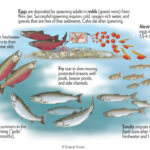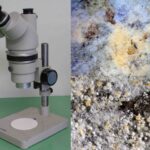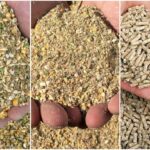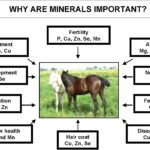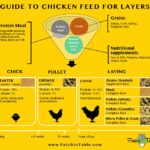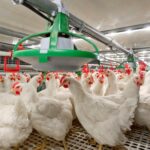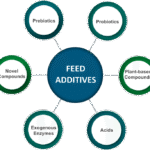DIGESTIVE SYSTEM of Chicken (Digestion and Metabolism)
MouthThe chicken has no lips, soft palate, cheeks, or teeth, but rather has ahorny upper and lower mandible (beak) which it uses to pick up food. Theupper mandible is firmly attached to the skull while the lower mandible ishinged. The hard palate is divided by a long narrow slit in the center thatis open to…

